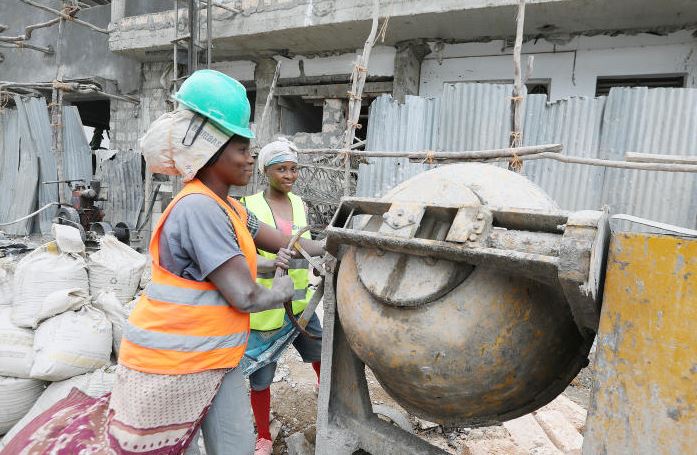×
The Standard e-Paper
Stay Informed, Even Offline

In Kenya today, the number of women involved in the construction industry remains at an all-time low compared to their male counterparts.
According to the latest statistics from the National Construction Authority (NCA), the number of registered contractors in the country as of November last year stood at 17,119, of which only 2,665 were women.